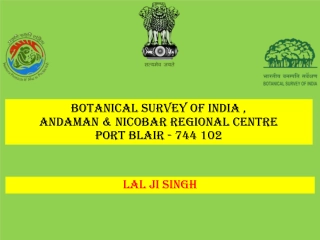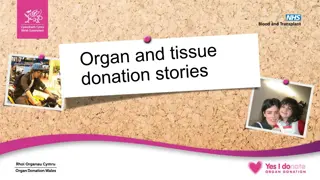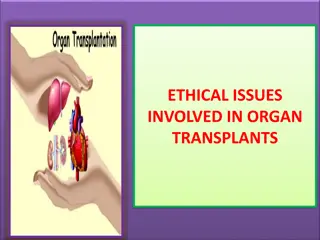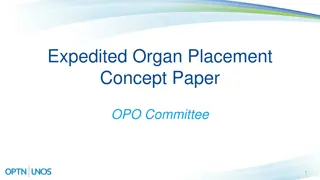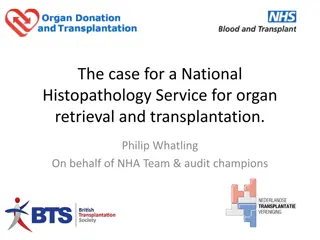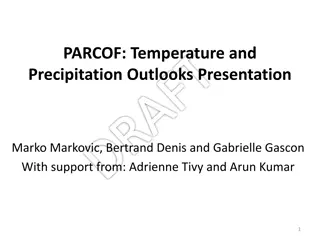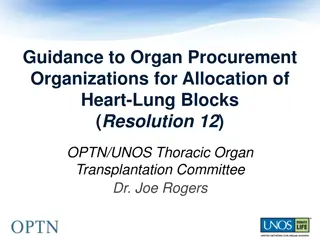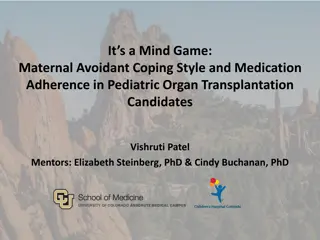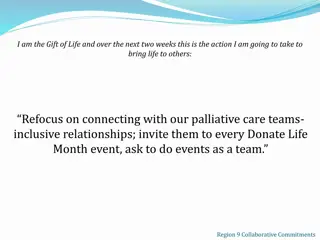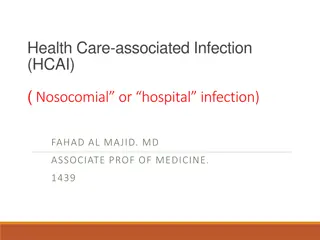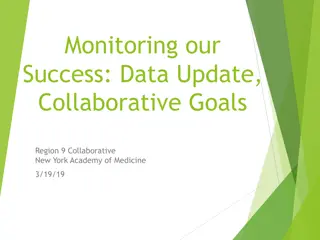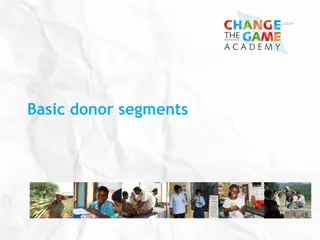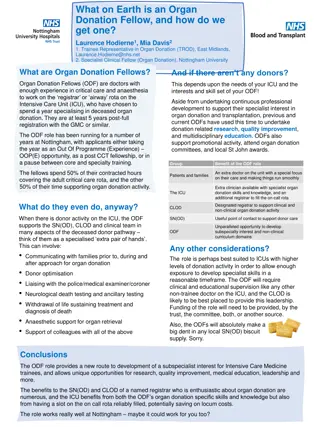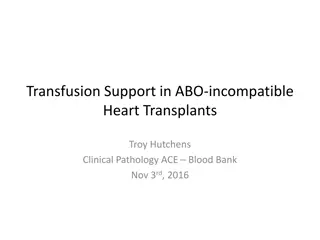Guidance on Recognizing Seasonal and Geographically Endemic Infections in Organ Donors
This proposal aims to provide guidance for identifying and testing potential living organ donors for seasonal and geographically endemic diseases, such as Histoplasmosis, Chagas, and West Nile Virus. The strategic plan focuses on promoting transplant patient and living donor safety by evaluating risk factors, screening criteria, and infection management. The proposal highlights the importance of proper evaluation to minimize risks and ensure transplant patient safety.
Download Presentation

Please find below an Image/Link to download the presentation.
The content on the website is provided AS IS for your information and personal use only. It may not be sold, licensed, or shared on other websites without obtaining consent from the author. Download presentation by click this link. If you encounter any issues during the download, it is possible that the publisher has removed the file from their server.
E N D
Presentation Transcript
Recognizing Seasonal and Geographically Endemic Infections in Organ Donors: Considerations during Living Donor Evaluation (Resolution 16) Ad Hoc Disease Transmission Advisory Committee (DTAC) Dr. Dan Kaul
The Problem Current policy requires testing for living donor from areas endemic for Strongyloides, Chagas (T. cruzi), and West Nile Virus. Living donor recovery hospitals are struggling with identification of risk factors and testing for these living donors.
Strategic Plan #4- Promote Transplant Patient Safety #5- Promote Living Donor Safety Minimize risk to living organ donors Properly evaluate potential living donors Increase capacity to identify patient safety issues
Goal of the Proposal Provide guidance to members regarding the development of a protocol for identifying and testing potential living donors for seasonal and geographically endemic disease.
How the Proposal will Achieve its Goal Highlights six frequently seen infections of this type based upon review of DTAC experience, existing literature and materials available on the CDC website Format easily digestible for any member of transplant team using tables, maps, and text
Overall Project Impact Product Guidance Document Target Population Impact: Living Donors (though it helpful to OPO staff as well) Total IT Implementation Hours 0 0/10,680 0 2000 4000 6000 Total Overall Implementation Hours 20/17,885 20 0 2000 4000 6000
Specific Infections Included: Histoplasmosis Coccidioidomycosis Chagas (T. cruzi) Strongyloides Tuberculosis West Nile Virus
Guidance Includes: Risk factors to consider Who should be screened How to screen Management of infected living donor Management of recipients Infection avoidance between testing and transplant
Resolution 16 (page 49) RESOLVED, that the guidance document entitled Recognizing Seasonal and Geographically Endemic Infections in Organ Donors: Considerations during Living Donor Evaluation, as set forth in Exhibit C, is hereby approved, effective November 13, 2014.


